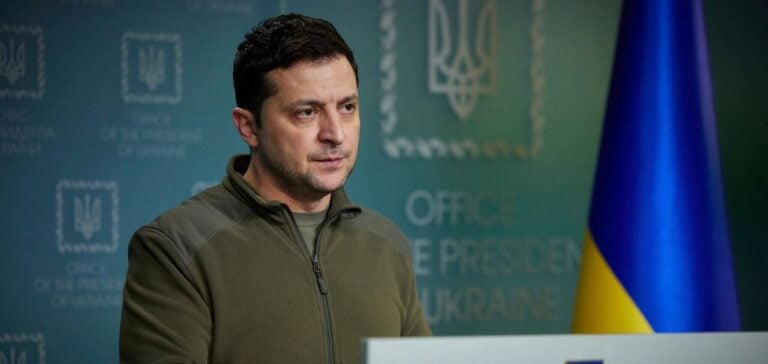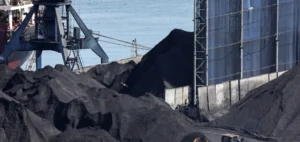On March 22, a Russian attack severely damaged Ukraine’s energy infrastructure, particularly in the Kharkiv and Odesa regions. “The two largest plants in our fleet – Burshtynska TPP [2 .4 GW] and Ladyzhynska TPP [1 .8 GW] – were significantly damaged. We have lost 50% of our total available capacity,” said Dmytro Sakharuk of DTEK Energy. The attack mobilized 150 air attack aircraft, including drones, ballistic missiles, cruise missiles and anti-aircraft missiles. The total cost of repairs following the March 22 attack is estimated in the billions.
A long road to repair and reconstruction
Restoring the affected plants will take many months. Sakharuk stressed that while some of the less-damaged units could be operational in a few months, the worst-affected ones will require nine to twelve months of work, if not more. Repairs will also be carried out at the Dobrotvir, Pridnyprovska and Kryvoryska thermal power plants. “It’s a gradual recovery,” he added, noting that replacement equipment at DTEK’s damaged facilities would cost at least $200 million.
Consequences and emergency measures
As a result of the damage, transmission system operator Ukrenergo had to impose scheduled power cuts, reducing supply to residents to six to eight hours a day. “The same situation prevails in Odesa. The region consumes 350 MW, but all three substations supplying the area have been destroyed,” explained Sakharuk. This forced the use of low-voltage lines to Kharkiv and Odesa, sufficient only for essential services.
Financial support and international collaboration
Ukraine’s Energy Minister, German Galushchenko, is due to present the country’s needs to the heads of the European Union’s energy fund in the near future. “We need funds today to place the orders,” said Sakharuk, mentioning the difficulty of quickly producing this specific equipment by foreign suppliers such as Siemens and GE. Priority will be given to Ukraine’s production capacities, in particular the ZTR transformer manufacturing plant in Zaporizhzhia.
Ukraine’s energy imports increased on March 26 to 18.6 GWh (average 777 MW/h) as a result of the attacks. Galushchenko called for an increase in the import threshold from European countries to at least 2.5 GW. Daily auctions for cross-border capacity on Ukraine’s borders with Poland, Hungary and Slovakia have begun on the Joint Allocation Office (JAO) platform.






















